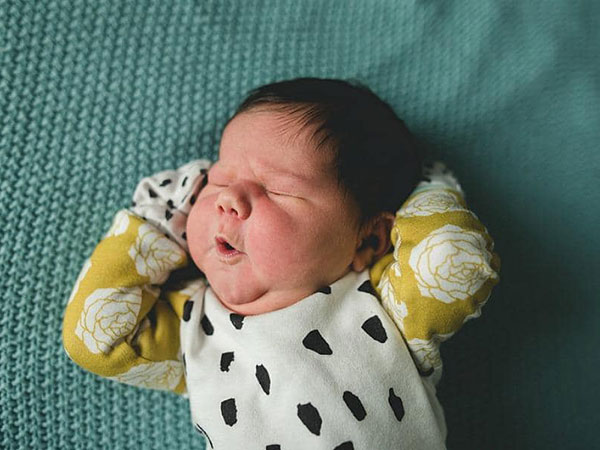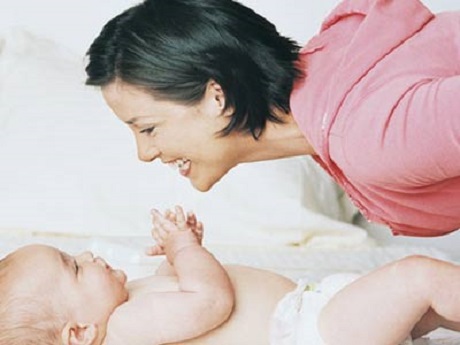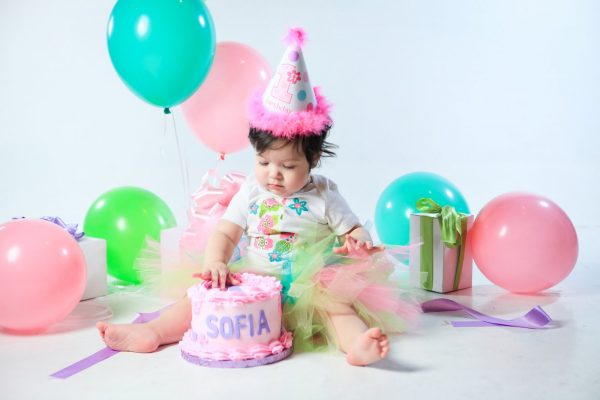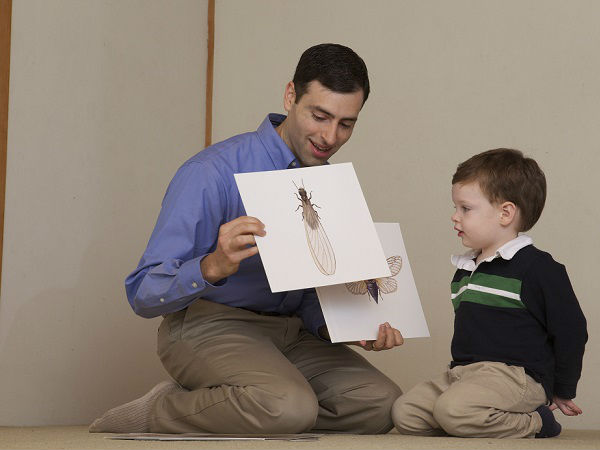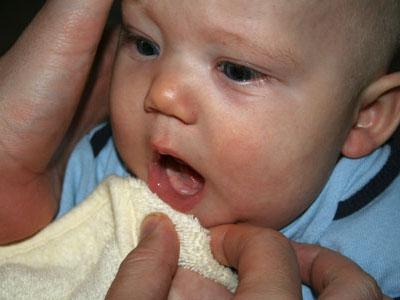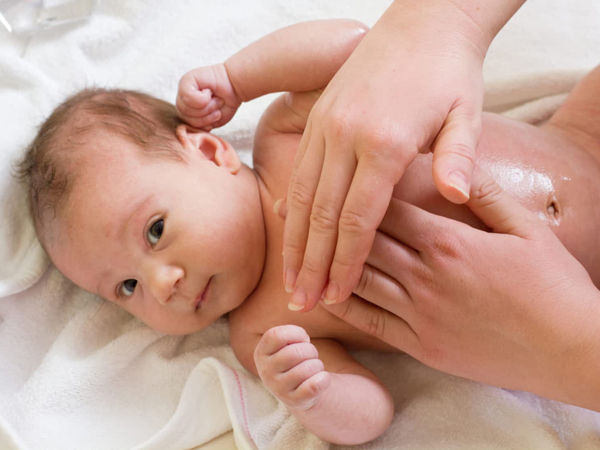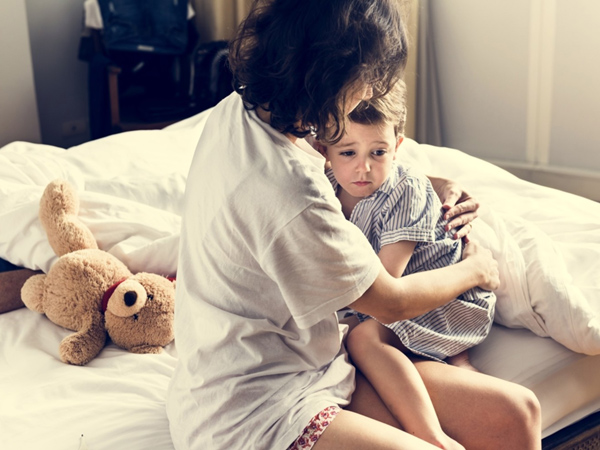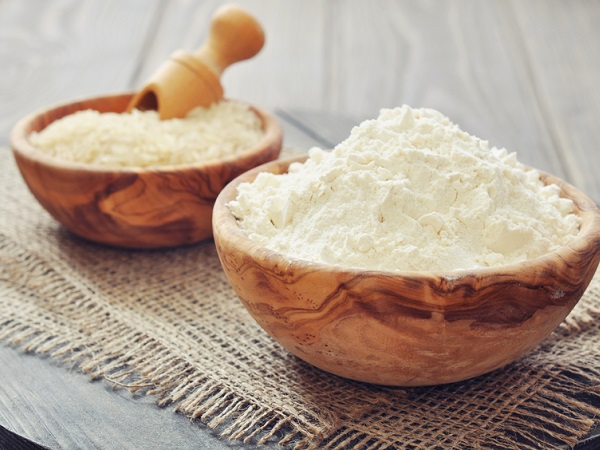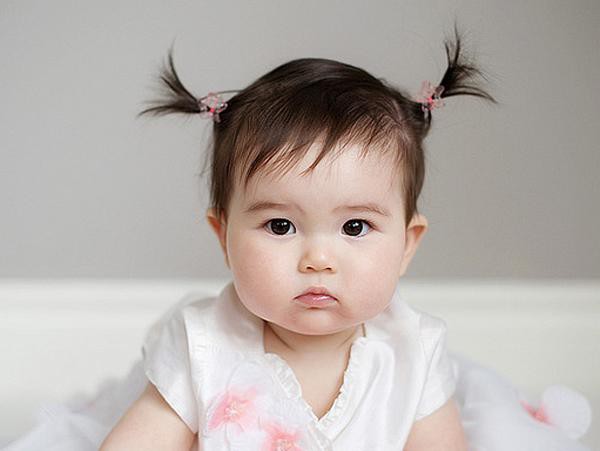Before a baby could walk, footwear was only a "show" nature. In fact, if the mother buys the right type, shoes will support her to learn to walk more effectively. Tips for choosing a walking shoe tip right here!
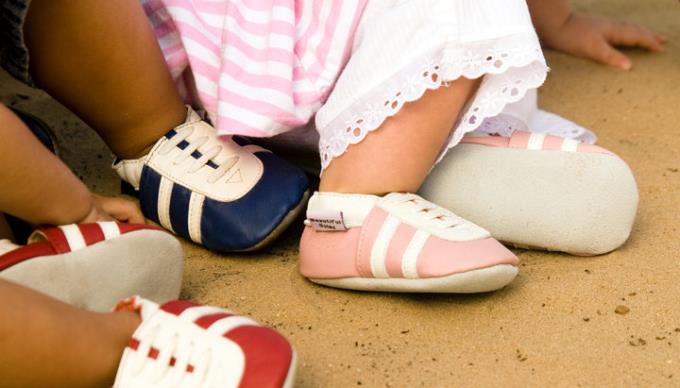
Buying the right shoes makes it easier for children to learn to walk
When the baby begins to grow, mothers should immediately buy the appropriate shoes to support the child's walking . The shoes are not soft fabric, beautiful form, mother should choose a pair of non-slip shoes, flexible, possibly rubber and the toe part is firm. To prevent any accident that can happen, such as stepping on sharp debris, toddler shoes must be “solid” enough.

Toddlers - An important milestone in a baby's life When indoors, it's best to let your baby walk barefoot. Bare feet help children cling to slippery surfaces like wood or ceramic tiles better.
However, when your baby learns to walk indoors or on a safe surface, you can still put your baby on soft socks or shoes, or barefoot. Walking barefoot will help your baby's feet more flexible.
Note: The child's legs are still in the developing stage, not as steady as the adult legs. If the baby's soles are too flat, or the toes are pulled in or out when walking, mothers should consult a doctor to promptly cure the leg problems when the baby is young.
1 / Compare types of shoes for babies
-Hard stand vs Soft sole: Soft base can cause your baby to slip. Usually, non-slip rubber soles support baby better walking.
Sports shoes vs Boots: Sports help the baby's feet develop in the right direction, not making the baby's feet squash.
-Cheap shoes vs Expensive shoes: Young feet develop very fast in length and width, so mom can buy a suitable pair of shoes with reasonable price.
Closed-nose shoes vs Open-toed shoes: Open-toed shoes are not safe for toddlers. So, stuffing the nose is still better. When you are younger than 2 years old, you can buy sandals for your children.
2 / Choose to buy walking shoes for babies
Choose shoes that are lightweight, breathable. Soft skin is best. Avoid wearing hard leather shoes, synthetic resin materials that can hinder the development of children's feet.
-Shoes choose to buy should be flexibly folded or bent.
-Check the suitability: Wear baby shoes, help baby get up. The shoe fits when you can fit your little finger between the baby's heel and the heel in the shoe, with a thumb from the toes and toe. Baby feet develop very quickly, mothers should check monthly to change shoes in time for the baby.
-You should buy baby shoes in the evening, as children's feet are often older at the end of the day. Shoes bought in the morning can be tight when worn at night.
-Avoid buying shoes with laces and shoes, which can help children easily recognize how to wear and take off their own shoes.
